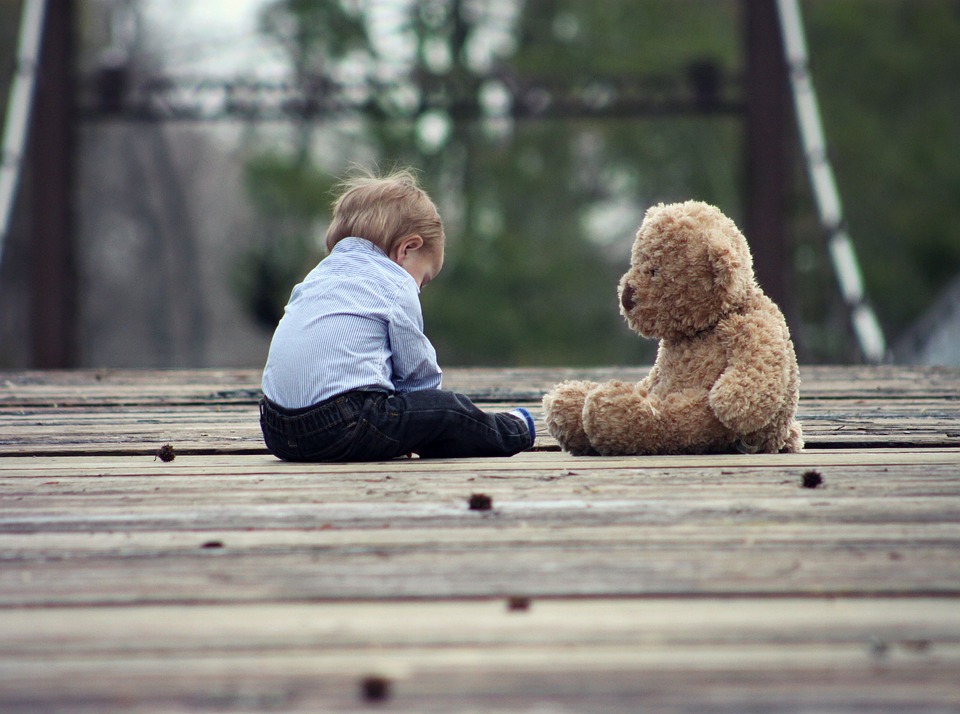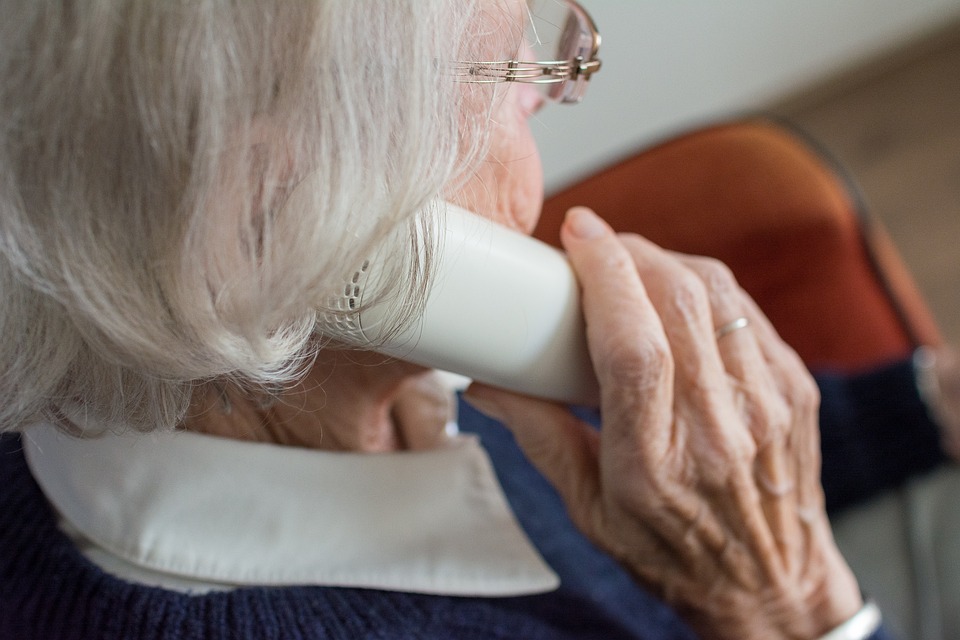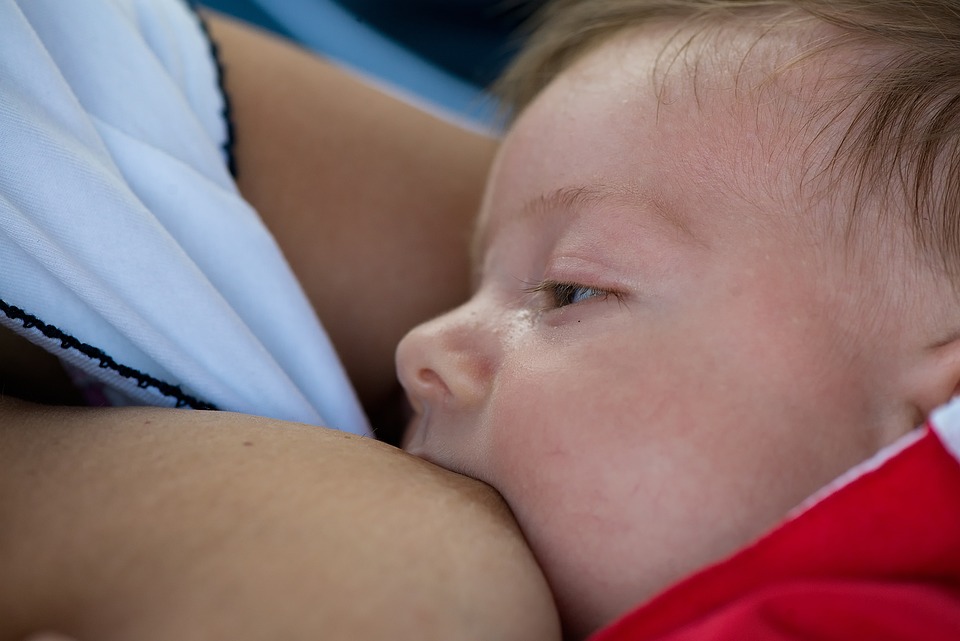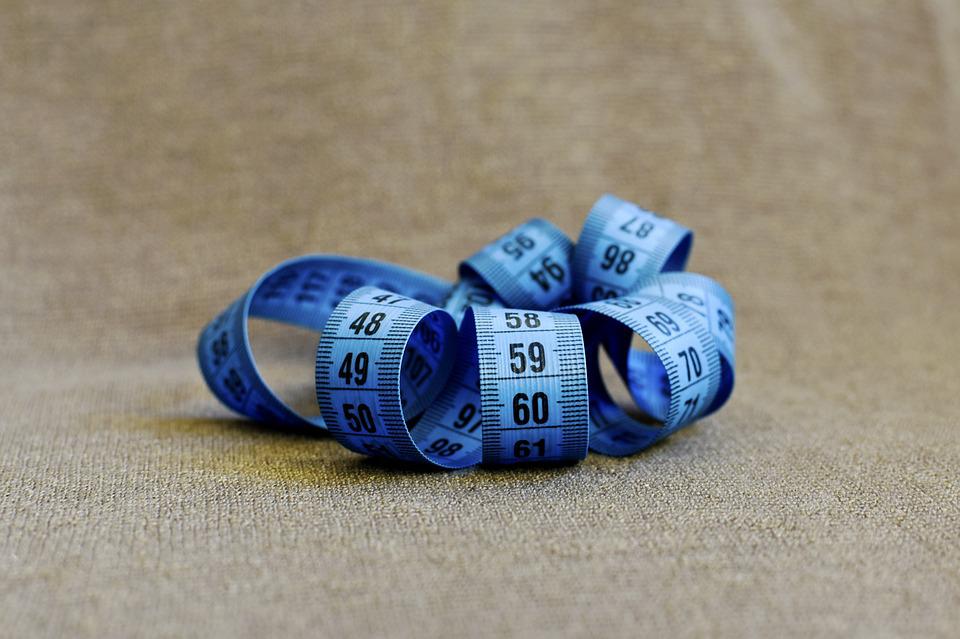
Potty Training Toddlers: When to Start?
There is no one way to potty train your child. It is a very individual process that depends on both the parent and the child. You should wait until your toddler is ready to start potty training.
Most kids are ready to start potty training at some point between 18 months and 3 years of age. Some 3-year-olds and 4-year-olds are not quite ready yet. The following are some signs that your child may be ready to start toilet training.
Signs That Your Child Is Physically Capable of Using the Potty
These signs show that your child is developing some control over their bladder and bowels:
- Longer dry periods – Your toddler goes a few hours without wetting or makes it through a nap or nighttime with a dry diaper.
- Don’t have a bowel movement at night – Most toddlers no longer poop in their sleep which is a good sign they are gaining control!
- Tell you when they need to pee or poop – If your child is telling you when he is about to pee or poop he has a clear understanding of the urge to go.
- Leaves the room or hides to poop (for privacy) – Everyone likes their privacy while they poop. Leaving the room or hiding shows that they are aware of what they’re doing so they may be getting ready for potty training.
Signs That Your Child May Be Emotionally/Mentally Ready to Use the Potty
Although being physically prepared is important, it is not the only aspect of readiness. Being emotionally and mentally prepared is also essential for success. Signs that your child may be emotionally or mentally ready for potty training include:
- An interest in using the potty
- Telling you when he’s just gone in his diaper
- Willing to sit on the potty
- Asks to use the potty or put on underwear
- A desire to do things for himself
How do you know when your child is ready to be potty trained? It’s a combination of things like the signs they’re showing and your own intuition as a parent. As a parent, you are in the best position to decide if your child is ready.
Potty Anxiety
If your child is afraid to use the potty, this may be a sign that they are not ready for this step. This may be an indication that he needs to deal with his fears. If you want to help your child with potty use, playing games about it can be a good idea. You could try to engage the child in activities such as playing with a baby doll that wets, or pretending that you are the toddler in games with the child. This allows children to explore their emotions in a fun way and can help reduce anxiety.
The 4 Most Common Potty Training Methods
The 3-day potty training method
This method was made popular in the 1970s by behavioral psychologists Nathan Azrin and Richard Foxx and is still used today. The book “Toilet Training in Less Than a Day” was written by them and is still available on Amazon.
Many people have had success with this approach, which is based on scientific principles. The Amazon reviews show that it is a good product. However, it has also received a lot of criticism. Although the content of the text may be distasteful, if you can overlook the poor writing style, generalized statements, and sexist language, you may be able to appreciate it. We can’t recommend a method where you have to march your toddler back and forth to the potty in wet underwear.
However, there are modern versions of the 3-day method that are more sensitive. This is definitely something you may want to investigate.
This method of potty training involves dedicating three days to the process and being consistent with rewards and punishments. To successfully potty train your child, you must devote all your attention to the task for three days, during which you and your child will stay at home. It is typical to take a Friday or Monday off work to have a long weekend. If you want your child to be successful in potty training, you need to be fully committed to the process. This means no visitors, outings, sports, or activities during training.
Then it goes along these lines:
- Make sure you’ve already taken your child’s potty, or toilet seat adapter, and new ‘big boy/girl’ underwear shopping. And make sure your fridge is well stocked with food.
- Wake your child on Day 1, and when you go to change them, make a great, big song and dance about throwing the nappy away forever. They’ll never need to wear a nappy again!
- On Day 1 your child just wears a long shirt, no nappy, and no underwear, so they can feel what’s going on down there.
- Immediately following breakfast, take your child to the potty, sit them on it, and hang out/read a book/sing a song, just don’t expect anything to happen yet.
- Now just go about your day, making sure to give your child heaps of liquid, way more drinks than you normally would. But every 15 minutes or so, walk your child to the potty and have them sit on it to see if they can go. Whether they do or not, praise them for doing a great job (you can use a rewards-based system here too).
- Stop giving any liquids after dinner, and make one last potty stop as part of the bed routine.
- Wake your child up halfway through the night (you’ll probably want to set an alarm), and take them to the potty to try and go (if you can wake them!).
- Day 2 is pretty much like Day 1, except this time they go commando (wearing pants, but no underwear). You stay totally confined to your home, taking your child to the potty every 15 minutes.
- Day 3, groundhog Day, but now with underwear as well as pants.
That’s it, your child’s toilet trained! I’m warning you, there’s going to be a lot of mess. Your child will urinate, and possibly defecate, right where they are playing on the carpet, or in their bed. And quite a few times at that. Remember that this is part of the process. Your child will start to connect the feeling in their lower stomach with the act of going to the bathroom.
The one-week potty training method
The one-week method is a more modern adaptation of the 3-day method. It is more flexible and creates less tension and conflict. Although it takes focus and routine, it is not the same as the all-or-nothing method. Some parents use the one-week method for daytime training and then use it again later for nighttime training.
So in a nutshell, the one-week method goes like this:
- Block out a week in your diary (yes, you heard that right, the idea is to take time off work if you need to, but make sure you have a full week of focus).
- Make sure you’ve already ‘prepped’ your child by introducing them to the bathroom, taking them shopping for potty and underwear, practicing some ‘dry runs’ hanging out on the potty, etc.
- One of the key differences of the one-week method, especially in Gina Ford’s program, is that rewards are fundamental to making this work. So spend some time, ideally with your child, making up a sticker chart, or progress guide, and pick up some rewards for positive reinforcement. The actual rewards are up to the parent, but we know that small treats work best. A couple of jelly beans, or M&Ms, are the right amount of treat for individual task rewards. A small toy (like the ones you get in a Kinder surprise) is ideal for daily success.
- The first couple of days is essentially the same as the 3-day method. Just follow the steps outlined above.
- Every time your child sits on the potty for at least a minute washes their hands or flushes the loo, reward them with a sticker and a treat. If they actually go in the potty, up the ante and reward them with a sticker and 2 treats! If they complete a day’s worth of tasks, give them a toy (you see how this works, right?).
- On Day 3, take your child on a short outing, like to the park or playground. And, yes, they have no nappy on! Make it a short and sweet trip, and make sure your child understands they have no nappy on and must tell you if they need to go.
- On Day 4, you push them a bit harder, and take them to one of their favorite places, like the beach, the mall, or wherever. Remind them they have no nappy on and that you’ll all have to leave if they don’t make it to the toilet, so they really must tell you when they need to go.
- If they make it through the outing or use a public loo, praise them like crazy. If they have an accident on the mall floor, don’t make a fuss (probably tell an attendant) and hustle them back into the car to head home. I imagine this will create a meltdown. Your child’s now wet and missing their favorite activity. Try and ignore the tantrum, and calmly explain that they’re a big kid now, and can’t go about the place peeing in their pants.
- Days 5 and 6 are pretty much like Day 3 of the 3-day method. Just lots of encouragement and reinforcing positive behavior. You’re also building in more outings, trying for a couple a day, and longer distances. Plan for accidents, but by this stage, your child should be getting it.
- Day 7, throw a massive party, bake a nappy-free cake, and reward yourself with copious amounts of wine… you deserve it!
The infant training and child-oriented potty training methods
I have grouped these two methods together because they are of interest to a smaller group of people. Both methods can be successful, but each has its own fans. But neither of them will be found practical by most parents.
In a nutshell, infant training is teaching your baby to use the toilet instead of a nappy. This is done by holding them over a toilet or bucket when they need to go. The child-oriented method is a method where parents leave their child in a diaper for as long as the child chooses and eventually, the child will decide when to go to the bathroom.
Infant training method
The infant training method goes something like this:
- You start ‘training’ as soon as you can, even from birth, the earlier the better.
- Leave your baby out of nappies all day. Some parents opt for a nappy at night time, while others go right round the clock.
- Learn to recognize when your child is about to pee or poop. Most children (although not all) show some sign of needing to go before they do. This is one of the key benefits of this method; you’re learning to communicate with your baby at a very young age, which is pretty cool.
- As soon as you see a sign, scoop them up and hold them over a bucket.
- While they pee, or poop, into the bucket, make a sound like running water, ‘sssssss’. Use this sound every time they go, and they’ll start to associate it with using the toilet.
- Some parents do use a nappy for outings and at night time. But proponents of this method suggest using cloth nappies, rather than disposables. Disposables are so absorbent that your child won’t know when they’ve gone.
- Stay positive and gently train your child on the expected behavior. This is a long-term, softly-softly approach. The idea is to go with your child’s signals, instead of creating artificial routines around them.
- At some time between the ages of 12-18 months, you can expect your child to head towards the bucket, potty, or toilet when they need to go. By the age of 2 years, they’re trained!
The child-oriented potty training method
The child-oriented method of toilet training was developed by T. Berry Brazelton. This approach to education is based on the child-centered field of research. This text is about the child-centered approach to parenting, which involves letting children develop at their own pace, make their own choices, and establish their own ideas. This provides an opportunity for your child to grow without all the manufactured structures and routines that can be obstacles for some kids.
So, the child-oriented training method goes something like this:
- Let your child wear nappies day and night.
- Praise and encourage your child whenever they display behavior you want to reinforce. But do not push them into doing anything.
- Watch as they slowly learn to develop the skills of using the potty or toilet.
- Once they have taught themselves how to use the toilet, they can stop wearing nappies.
What Do You Need for Potty Training?
You will need to be patient, have plenty of time, and use a lot of laundry detergent.
Eco-Friendly Potty Seat
You don’t need much else, but the right potty seat can help. The author’s children always preferred a potty seat designed for toddlers instead of a seat that modifies a regular toilet. This is because the former is low to the floor and more comfortable. I recommend finding a used potty rather than buying a new one since most potty seats are made of plastic. If you don’t need it anymore, find one that is durable and recyclable to pass on to a friend.
Pull Ups or Nighttime Diapers
Most children are able to start potty training during the day but may not be ready to stay dry at night. If your child is still wetting the bed at night, it is usually okay to let them use a pull-up or diaper. This will not hinder your progress. Make sure you remove the collar before your dog urinates in the morning. I used cloth diapers, which are a more environmentally-friendly option, or you could try these chlorine-free pull-ups that use more natural materials.














